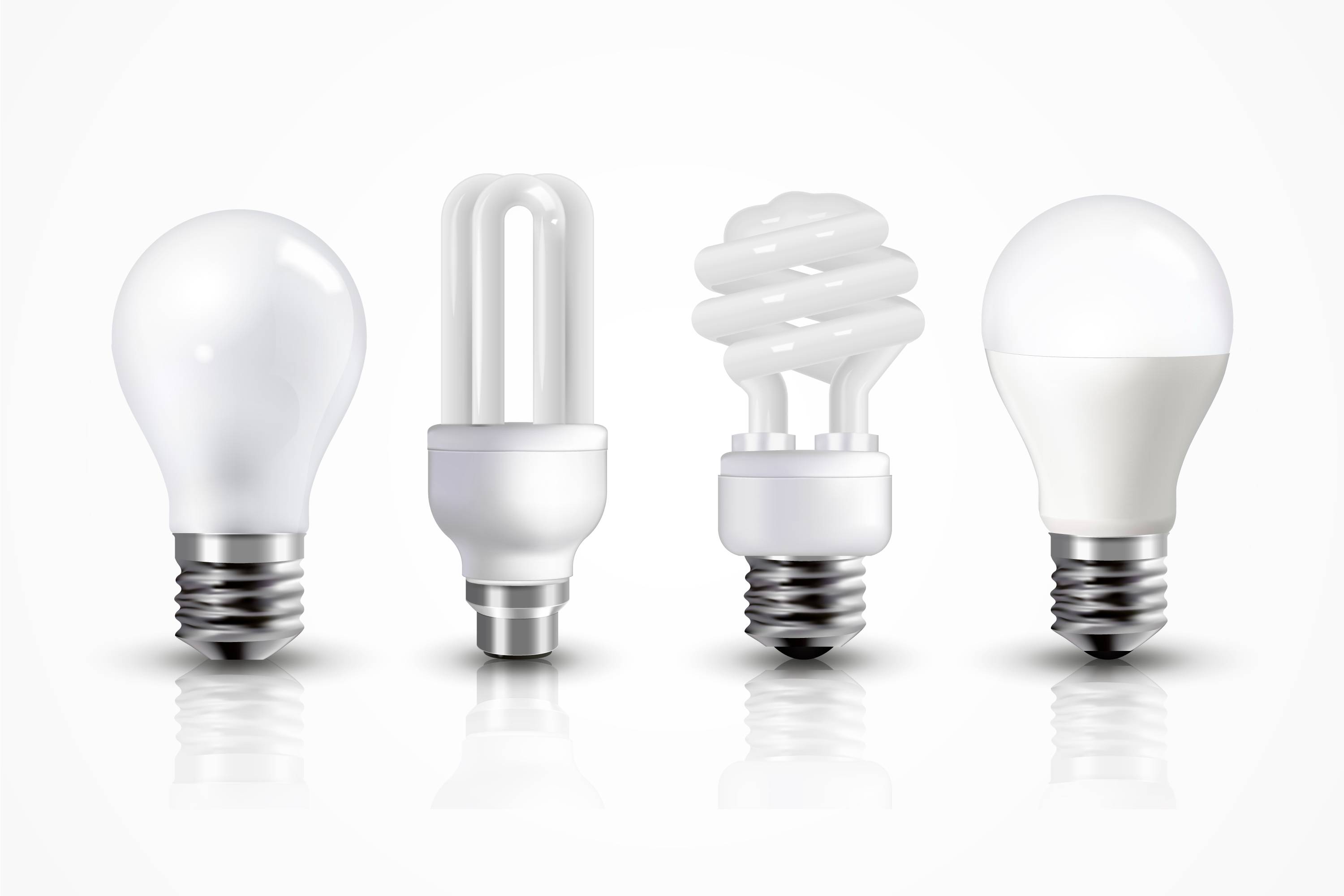Proper storage of light bulbs is essential for ensuring their longevity and functionality. Whether you are an experienced electrician, a professional from an electrical repair service, or simply a homeowner, knowing how to store different types of light bulbs can save you time, money, and frustration.
General Storage Tips for All Light Bulbs
- Cool and Dry Environment: Store light bulbs in a cool, dry place to prevent damage from moisture and excessive heat. Basements and garages can be ideal if they are climate-controlled.
- Original Packaging: Whenever possible, keep bulbs in their original packaging. The packaging is designed to protect the bulbs from impact and environmental factors.
- Avoid Vibration and Shock: Light bulbs, especially incandescent and fluorescent types, are fragile. Store them in a place where they won’t be subject to vibration or shock.
- Labeling: Label stored light bulbs with their type and wattage. This makes it easier to find the right bulb when needed and prevents unnecessary handling.
Storing Incandescent Bulbs
- Individual Wrapping: Wrap each bulb individually in tissue paper or bubble wrap to prevent them from knocking against each other.
- Sealed Containers: Place the wrapped bulbs in a sealed container to protect them from dust and moisture.
- Upright Position: Store the bulbs upright to minimize the risk of the filaments breaking.
Storing Fluorescent Bulbs
Fluorescent bulbs, including compact fluorescent lamps (CFLs), contain small amounts of mercury and are particularly sensitive.
- Horizontal Position: Store fluorescent tubes horizontally to prevent the glass from warping or breaking.
- Protective Tubes: Use protective tubes or sleeves designed for fluorescent bulbs to safeguard them from impact and environmental exposure.
- Safe Handling: Handle these bulbs with care during storage to avoid breakage and potential mercury exposure.
Storing Specialty Bulbs
Specialty bulbs, such as halogen and decorative bulbs, often require unique storage considerations.
- Halogen Bulbs: Halogen bulbs should be stored in airtight containers to prevent exposure to oils and contaminants that can affect their performance.
- Decorative Bulbs: For decorative bulbs with unique shapes or sizes, consider custom storage solutions like foam inserts or dedicated boxes to protect their form and function.
Tips from Electrical Professionals
As an electrician or a provider of electrical repair services, maintaining an organized storage system for light bulbs can enhance your efficiency on the job. Here are some professional tips:
- Inventory Management: Keep a detailed inventory of your light bulb stock, noting quantities, types, and purchase dates. This helps in managing supplies and ensuring older bulbs are used first.
- Lighting Installation Kits: Create pre-packaged kits with all the necessary bulbs and accessories for common lighting installations. This can save time and ensure you always have the right components on hand.
- Regular Inspections: Periodically inspect your stored bulbs for signs of damage or degradation. This proactive approach can prevent issues when you need to use the bulbs.
Proper storage of light bulbs is a simple yet crucial aspect of maintaining an efficient and reliable lighting system. Whether you are an electrician, part of an electrical repair service, or a homeowner, following these storage guidelines can ensure your bulbs remain in optimal condition and ready for use when needed. By adopting these practices, you can extend the life of your light bulbs and maintain high-quality lighting installations. If you have any more questions, feel free to contact a professional at Mr. Electric.
